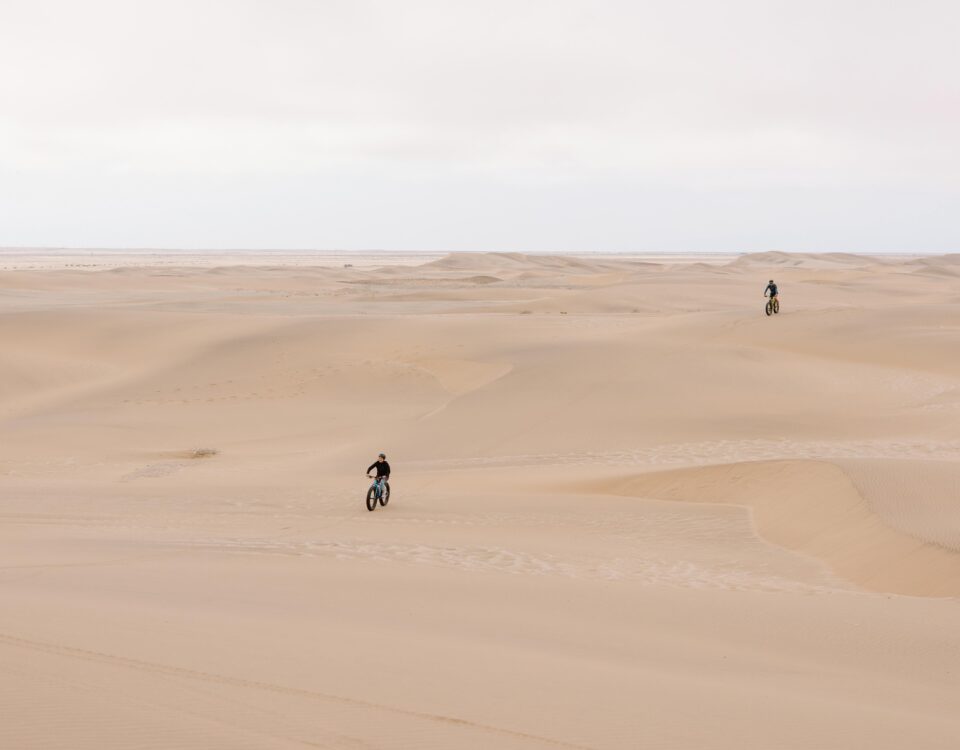In the garden
August 3, 2012Brakwater Recreation Park
August 5, 2012Big stories about little things
This is the sixth in a series by Joh Henschel of EnviroMEND about the Namib Desert. Its wonders have many forms, some of which are tiny, easily overlooked creatures, such those living on the welwitschia plant.
Have you ever wondered about what life must be like for Welwitschia mirabilis, daily facing the unyielding and occasionally fickle conditions of the Namib Desert? Welwitschia suntans for centuries or more, with piercing sunshine bathing its two leaves, stretched out across the ground. The plant is often exposed to mercilessly pelting sandstorms and air so dry it would make your skin shrivel and crack (but you, at least, can apply moisturiser). Even after several years of severe drought, the welwitschia still has traces of green on its elongated leaves as they continue growing. If you appreciate what the welwitschia can do in desert conditions, you are not alone.
Deep under the dark, shady canopy of a leaf, large, watchful eyes follow your every move as you admire the strange plant. A mother Cape hare has parked her leveret, an all but invisible baby, under the leaf, while she shelters below the welwitschia next door. It is nice and cool, as the heat-reflective leaves are much cooler than the ground, and, of course, they also provide shade. The deep recesses are conveniently bypassed by dehydrating winds and hungry foxes alike. This pleasant haven also serves a range of other creatures. Many kinds of snakes, skinks, geckos, agamas, chameleons, spiders, scorpions and insects like it for the same reasons as the hare does. What’s more, predators can just sit there waiting for food to come walking into their ‘parlour’. Thus some unwitting animals seeking relief from the desert become dinner by doing so.
Welwitschias grow exceptionally old. Over decades, centuries and millennia they become ever more structurally complex, eventually having nooks and crannies, cracks, holes and recesses here, there, inside and underneath. Steadily they accumulate the plant’s debris of decomposing cones and seed husks, wind-blown detritus with grass seeds and odds and ends of remains of deceased animals mixed with dust and whatever else the wind brings. Thousands of minute creatures such as mites, springtails, pseudoscorpions, fishmoths and beetles live in or on this layer. You may think these are merely an odd assortment of creatures, and you may have no idea what they are, or why they should be there, but they are, in fact, far more the fabric of Desert Life than are the few big charismatic creatures.
To complete the picture of Welwitschia’s Ark, you cannot overlook the teeming small red or larger ochre-brown firebugs, Odontopus angolensis (Pyrrhocoridae). You can see them almost anywhere on the plant, mostly on the cones. With needle-like beaks they pierce into the plant to drink its sap. Welwitschia bugs are thought to be important transmitters of a fungus that kills seeds, which you can see as black spots on the winged seed-shells. If you happen to be visiting a male plant just when it bears flowers – these are the pin-sized yellow dots on the narrow male cones – you may witness something else: busy bees, probing flies and tiny, quick wasps commuting between male flowers and nectar-producing female cones. These insects pollinate the welwitschia.
Compared to its depauperate surroundings, a welwitschia plant is an enormously rich physical and nutritional resource for a micro-community of many different kinds of small creatures that would otherwise not cope so well in the desert. When you look at Welwitschia’s Ark, you are justified in recognising it as a prominent embodiment of Big Stories about Little Things.
This article appeared in the Feb’12 edition of FLAMINGO Magazine

